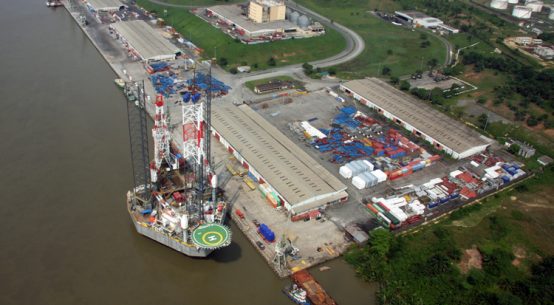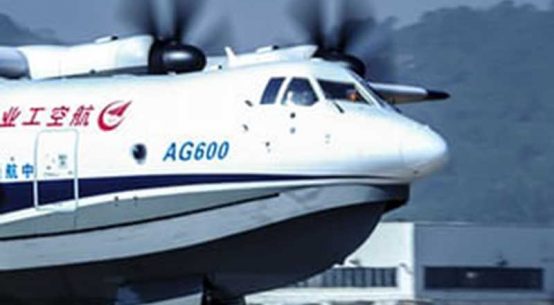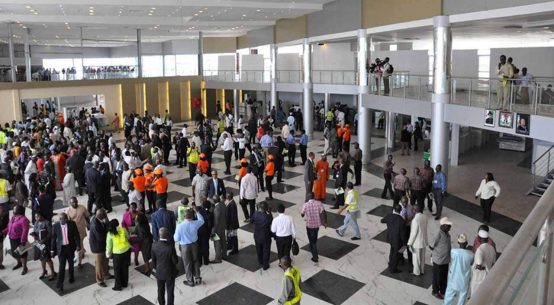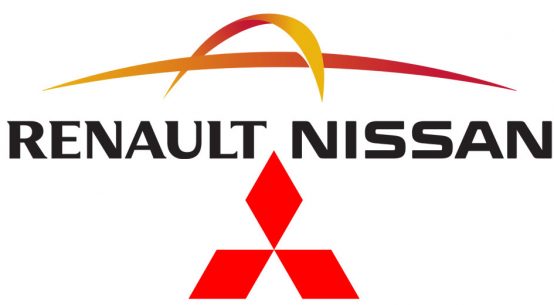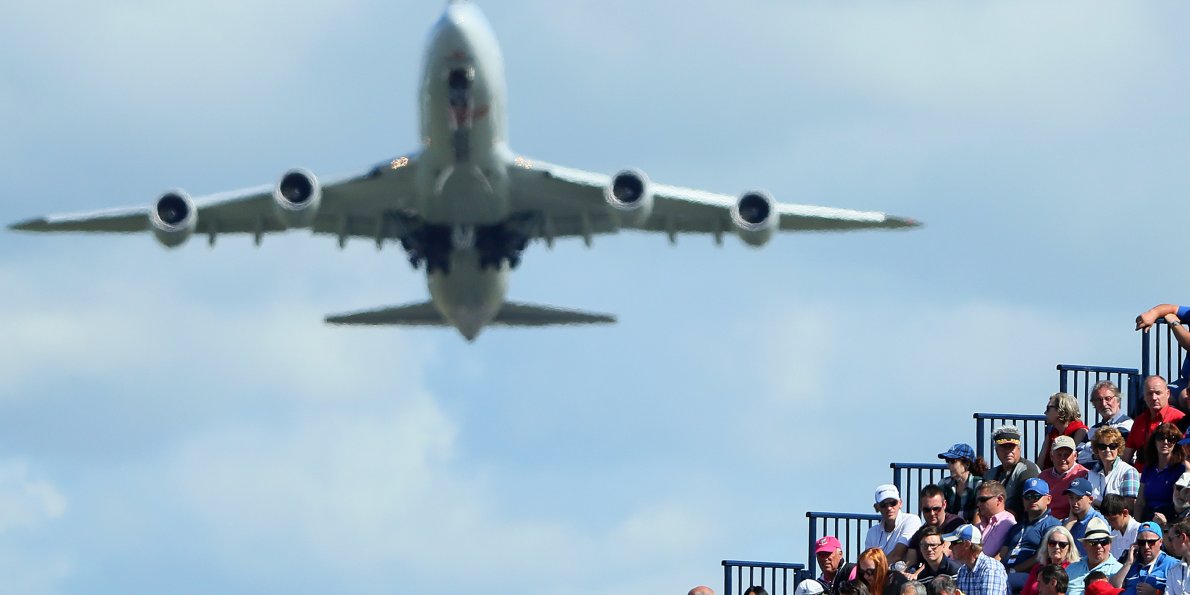
Countries charge foreign airlines to fly through their airspace
Airlines pay a fee to fly over other countries. They are called overflight fees.- What then is an Overflight fee? It is simply a transiting of civilian aircraft over the territory of a foreign country. Just as countries have rights to their land, they have rights to the air above them. Most countries “rent” that airspace to foreign airlines, allowing them to fly through it.
Some countries also provide air traffic control services. Part of the fee goes towards these services. There is no standard fee. Countries use different metrics to determine the cost. Canada’s fee takes into account aeroplane weight and distance travelled. The United States’ fee-only considers the distance.
Airlines sometimes take longer flight paths to avoid high fees. But avoiding airspace is harder than it seems because airspace can be larger than the country itself. U.S. airspace extends all the way to the Philippines. But flying over the ocean costs less than flying over land. Even though it costs less to fly over water, some airlines still have to pay the US— even if it’s just going from Australia to Japan.
Most countries have implemented route charges billed to aircraft overflying their territory and by doing so using their control infrastructure. Those fees are usually computed according to the distance flew and aircraft weight, small aircraft (eg. less than 2,000 kg in Europe) may be exempt. They are collected for every flight over the territory, both domestic and international.
For instance, The FAA charges overflight fees to operators of aircraft that fly in the U.S.-controlled airspace, but neither take off nor land in the United States. There are two types of fees:
| Effective Date | En-Route* | Oceanic* |
|---|---|---|
| January 1, 2017 | $58.45 | $23.15 |
| January 1, 2018 | $60.07 | $24.77 |
| January 1, 2019 | $61.75 | $26.51 |
| *Rates expressed per 100 nautical miles (nm), Great Circle Distance (GCD) from point of entry into the point of exit from U.S.-controlled airspace. | ||
In the same way, some countries charge terminal fees when the airport control infrastructure is used. Those fees are most usually levied for flight performed according to IFR (Instrument Flight Rules), not VFR (Visual Flight Rules). In Europe, the Euro Control organization is empowered by States to collect route charges and terminal fees.



